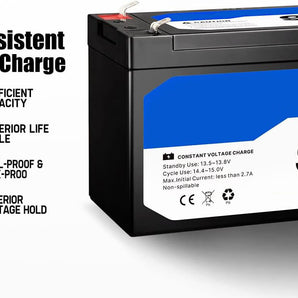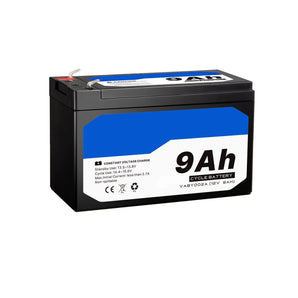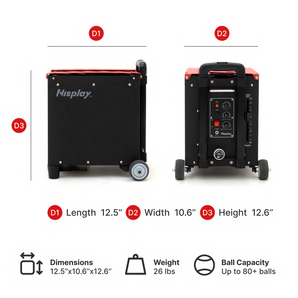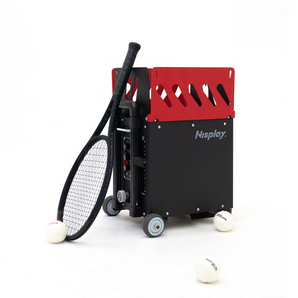Choosing the right tennis racket as a beginner involves understanding various elements like racket size, weight, and string pattern. Here's a comprehensive guide combining information from Wilson and other sources to help you make an informed decision:
Understanding Tennis Racket Construction
-
Head Size: Larger head sizes (oversize) provide more power and are forgiving, making them suitable for beginners. A larger head size helps in making consistent contact with the ball while learning.
-
Weight: Lighter rackets offer more power and are easier to handle for beginners. As your skills improve, you can move to heavier rackets for more control.
-
String Pattern: An open string bed (less dense) provides more power, whereas a denser string bed offers more control.
Selecting the Right Racket for Beginners
- Look for Oversize Rackets: These rackets have a larger head size, which aids beginners in making consistent contact with the ball.
- Lighter Frames: Choose a racket with a lighter frame to prevent arm fatigue and to make the learning process easier.
- Power-Oriented Rackets: Since beginners generally have slower swing speeds, a racket that adds power can be beneficial.
Considerations for Grip Size
- Grip sizes range from 0 to 5, with most adult women finding success with size 2 (4 1/4 inches) and men typically using size 3 (4 3/8 inches).
- Smaller grips for more spin: There’s a trend towards using smaller grip sizes for generating more spin.
- Adjustable with overgrip: If you're unsure, start with a smaller size since you can always increase the thickness using overgrip tape.
Other Tips
- Tennis Balls: Choose quality tennis balls that suit your level of play. For beginners, balls that offer durability and visible performance are recommended.
- Tennis Shoes: Specific tennis shoes are advised over regular athletic shoes for better support and injury prevention, particularly for lateral movements.
Upgrading As You Improve
- Intermediate Players: As you develop, you can opt for rackets with a smaller head size and a bit more weight to balance power and control.
- Advanced Players: Focus on mid-size rackets that offer control, feel, and precision.
Here are some top recommendations for beginner tennis rackets:
-
Wilson Burn 100 Series: This racket is known for its lightweight and forgiving nature. It provides a good balance of power and control, making it ideal for beginners who are still developing their swing and technique.
-
Head Ti.S6: The Head Ti.S6 is extremely popular among beginners due to its lightweight titanium and graphite construction. It offers excellent power and a larger sweet spot, which is forgiving for new players.
-
Babolat Boost Drive: Babolat is a trusted name in tennis, and the Boost Drive model is perfect for beginners. It’s lightweight, has a large head size for a more significant hitting area, and provides good power and control.
-
Prince Textreme Warrior 100: This racket is excellent for beginners looking for a blend of power and control. It's user-friendly and helps in making consistent shots even when the ball doesn't hit the center of the racket.
-
Yonex EZONE 108: Yonex rackets are well-known for their comfort and this model, with a larger head size and a light frame, is designed to reduce the impact on the arm, making it a great choice for beginners.
When choosing a racket, consider factors like head size (larger is usually more forgiving), weight (lighter rackets are easier to handle), and grip size (should comfortably fit your hand). It's often a good idea to test a few rackets if possible before making a purchase.
Remember, the best racket for you depends on your individual playing style, physical capabilities, and personal preferences. It's always a good idea to try different rackets if possible before making a purchase. For more detailed information, you can visit the Wilson website or other reliable sources for tennis equipment advice.









